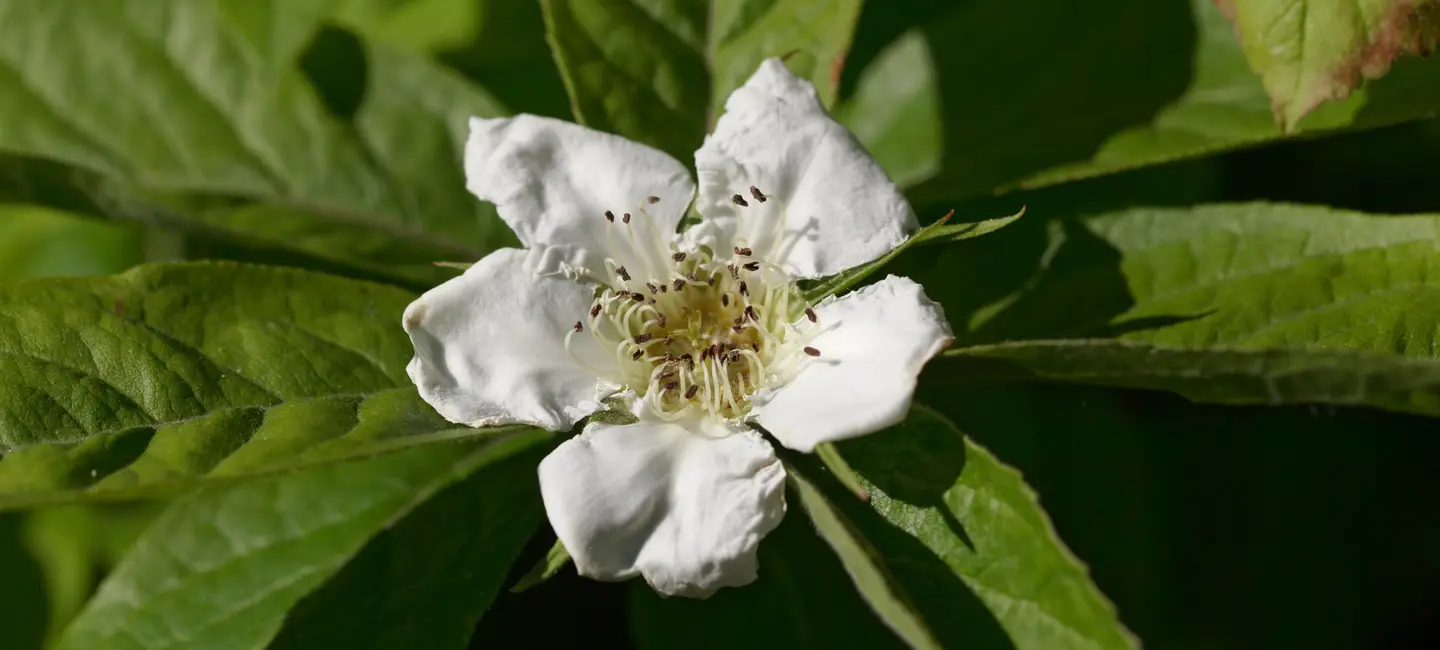
Pata de vaca is a tree. The leaves are used to make medicine.
Pata de vaca is most commonly used for diabetes, but there is no good scientific evidence to support this use.
Is It Effective?
NatMed Pro rates effectiveness based on scientific evidence according to the following scale: Effective, Likely Effective, Possibly Effective, Possibly Ineffective, Likely Ineffective, Ineffective, and Insufficient Evidence to Rate.
- Diabetes. Early research shows that drinking tea containing pata de vaca doesn't improve blood sugar levels or insulin levels in people with diabetes.
- Other conditions.
More evidence is needed to rate the effectiveness of pata de vaca for these uses.
Is it Safe?
Pata de vaca might lower blood sugar levels. But the specific way it works is unclear.
When taken by mouth: There isn't enough reliable information to know if pata de vaca is safe or what the side effects might be.
Special Precautions & Warnings:
Pregnancy and breast-feeding: There isn't enough reliable information to know if pata de vaca is safe to use when pregnant or breast-feeding. Stay on the safe side and avoid use.
Surgery: Pata de vaca might affect blood sugar levels. There is a concern that it might interfere with blood sugar control during and after surgery. Stop using pata de vaca at least 2 weeks before a scheduled surgery.
Medications for diabetes (Antidiabetes drugs)
Interaction Rating=Moderate Be cautious with this combination.
Pata da vaca might lower blood sugar. Diabetes medications are also used to lower blood sugar. Taking pata de vaca along with diabetes medications might cause your blood sugar to go too low. Monitor your blood sugar closely. The dose of your diabetes medication might need to be changed.
Some medications used for diabetes include glimepiride (Amaryl), glyburide (DiaBeta, Glynase PresTab, Micronase), insulin, pioglitazone (Actos), rosiglitazone (Avandia), chlorpropamide (Diabinese), glipizide (Glucotrol), tolbutamide (Orinase), and others.
Herbs and supplements that might lower blood sugar: Taking pata de vaca along with other herbs and supplements that might lower blood sugar could lower blood sugar too much. These herbs include alpha-lipoic acid, devil's claw, fenugreek, garlic, guar gum, horse chestnut, Panax ginseng, psyllium, Siberian ginseng, and others.
There are no known interactions with foods.
The appropriate dose of pata de vaca depends on several factors such as the user's age, health, and several other conditions. At this time there is not enough scientific information to determine an appropriate range of doses for pata de vaca. Keep in mind that natural products are not always necessarily safe and dosages can be important. Be sure to follow relevant directions on product labels and consult your pharmacist or physician or other healthcare professional before using.
Bauhinia forficata, Cow Foot, Cow's Foot, Cow's Hoof, Patte de Vache, Pied de Vache, Sabot de Vache.
Information on this website is for informational use only and is not intended to replace professional medical advice, diagnosis, or treatment. While evidence-based, it is not guaranteed to be error-free and is not intended to meet any particular user’s needs or requirements or to cover all possible uses, safety concerns, interactions, outcomes, or adverse effects. Always check with your doctor or other medical professional before making healthcare decisions (including taking any medication) and do not delay or disregard seeking medical advice or treatment based on any information displayed on this website.
© TRC Healthcare 2024. All rights reserved. Use and/or distribution is permitted only pursuant to a valid license or other permission from TRC Healthcare.
